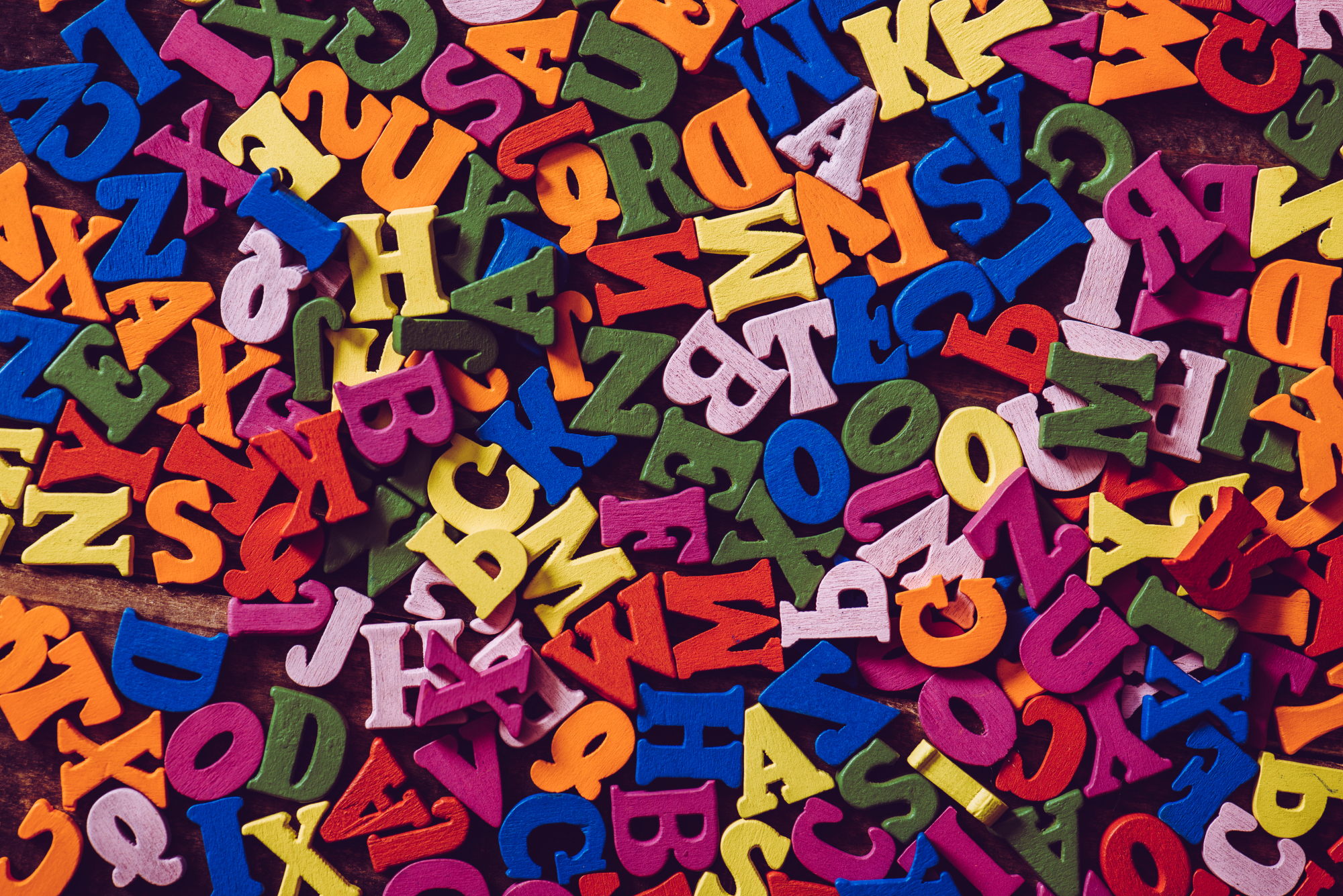It was a long journey from the cobbled streets of ancient Rome to the windy coasts of Japan, but when they finally arrived, they were here to stay: the 26 letters of the Latin alphabet. Better known here as ローマ字 (rōmaji, Roman letters), or just アルファベット (arufabetto, the alphabet), these so-called 横文字 (yokomoji, "horizontal letters") are now an indispensable part of Japan and its language.
The Japanese version of the alphabet is used in mainly two ways: for writing foreign — predominantly English — terms, and for Romanizing Japanese. Somewhere at the borderline between these two, there is also a third way the alphabet commonly makes itself seen: in abbreviations and acronyms. In these cases, each letter has to be read separately. And that's where the trouble starts.
Because although virtually every literate person in Japan — and that's more or less the whole population minus babies and toddlers — nowadays knows their ABCs quite well, there is some confusion when it comes to the details of how to pronounce them. And that starts with the alphabet's very first letter. Is it エー (ē) or エイ (ei)?



















With your current subscription plan you can comment on stories. However, before writing your first comment, please create a display name in the Profile section of your subscriber account page.